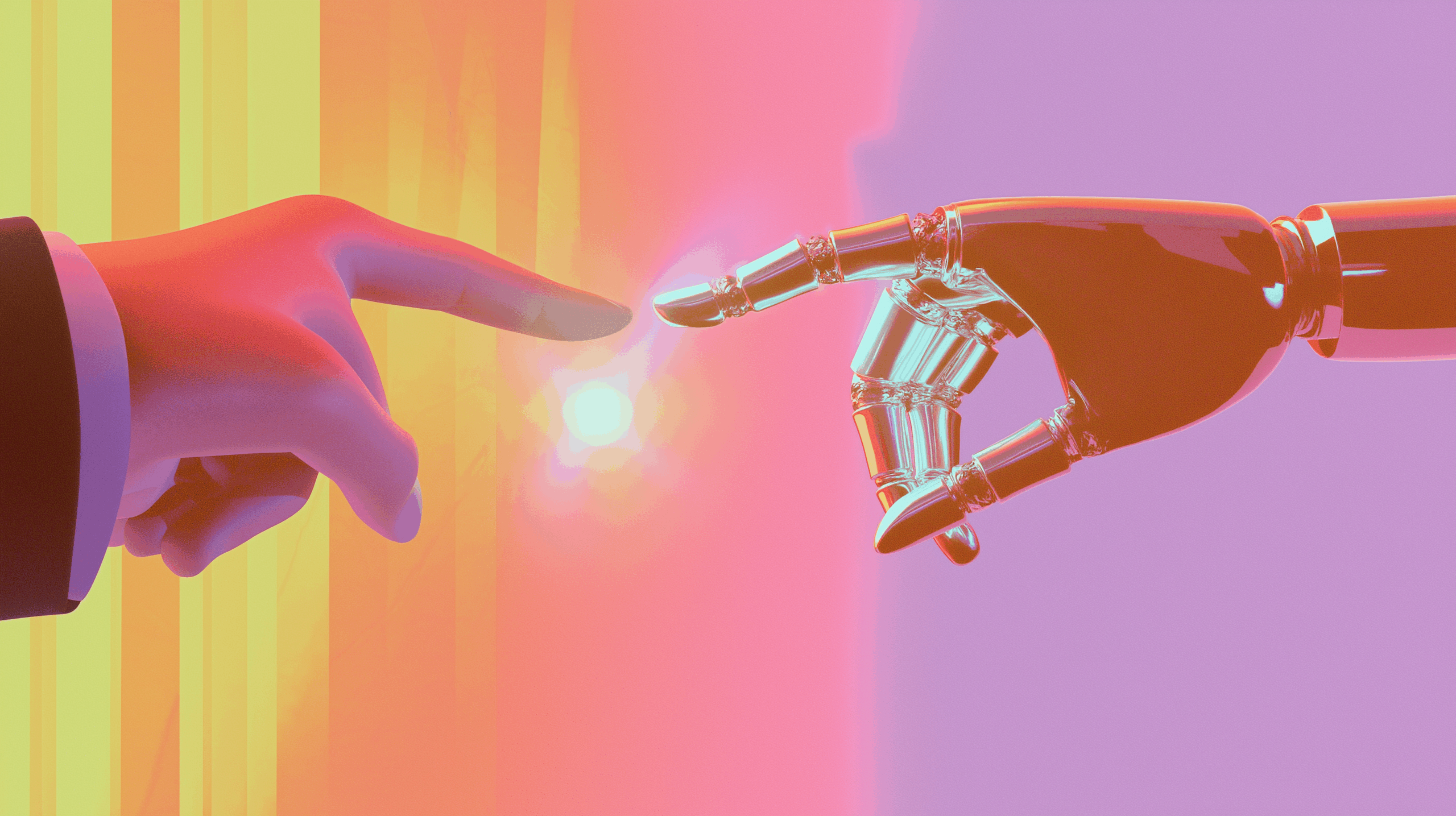AI and humans in procurement: A powerful partnership for smarter sourcing (and more)
Artificial intelligence is increasingly taking the spotlight in procurement. But it’s not meant to replace human expertise. Quite the opposite: AI and humans working together are redefining procurement in ways that neither could achieve alone. Let’s explore how AI-human collaboration is transforming procurement teams – and why the future lies in this symbiosis.
From procurement task automation to strategic transformation
Procurement teams are no strangers to complexity. They juggle hundreds (sometimes thousands) of suppliers, manage compliance risks, monitor market shifts, and chase better terms. AI steps in where human capacity hits its limit, especially in tasks that are high-volume and data-heavy.
For example:
- Spend analysis: AI can sift through massive datasets to detect patterns, identify savings opportunities, or flag anomalies that a human might miss.
- Supplier risk monitoring: Instead of manual tracking, AI can scan news, databases, and social channels in real time to detect early warning signs of supplier disruptions.
- Contract management: Natural language processing (NLP) models can analyze contract clauses, flag non-standard terms, and even suggest redlines.
With the right tools in place, procurement professionals can spend less time on paperwork and more time on what matters: building supplier relationships, negotiating strategically, and planning for resilience.
Humans bring the why, AI brings the how
AI can answer questions like what’s the best price? or which suppliers are most reliable? But it’s humans who frame the right questions to ask.
Procurement professionals understand context – the nuances of a business relationship, the cultural implications of a negotiation, or the strategic importance of a particular supplier.
That’s where the magic of AI-human collaboration happens:
- AI can recommend which supplier bids offer the best value.
- Humans can judge whether a lower bid might compromise quality or long-term trust.
- AI can forecast demand based on historical data and seasonal trends.
- Humans can assess if external factors (like geopolitical events) might shift those forecasts.
The key takeaway? AI enhances decision-making, but it doesn’t replace the decision-maker.
Real-world example: Smarter sourcing with AI assistance
Imagine a procurement team sourcing components for a new product launch. Time is tight, costs must be controlled, and risks must be minimized.
Here’s how a hybrid approach might work in such a scenario:
- AI scans global supplier databases to generate a shortlist based on pricing, delivery timelines, ESG ratings, and past performance (or whatever criteria is important in the individual sourcing process).
- Humans review the shortlist, applying their industry knowledge and relationship history to refine it further and ultimately pick the suppliers to send RFXs to.
- AI models compare terms, flag risks and inconsistencies, and even simulate cost and delivery scenarios, providing insights on trade-offs.
- The team negotiates terms, using AI-generated market benchmarks as a starting point, but relying on emotional intelligence and communication skills to seal the deal.
Or: AI negotiates (with multiple suppliers at once) and procurement experts only review the emails and make necessary adjustments. (Which is how it can work when you use procurement AI agents in Zingflow.)
This (or a similar) combination allows faster, more informed decisions, but still keeps procurement human at its core.
Overcoming the trust gap
Despite AI’s potential, many procurement professionals remain skeptical, which is also completely natural. Concerns about transparency, job displacement, or algorithmic bias are valid, and they definitely need addressing.
Which is why if you’re looking into AI agents for procurement in your organization, you should:
- Make AI decisions easy to understand. Procurement teams need tools that show how recommendations were made, not just the end result.
- Involve users early. Co-designing AI tools with procurement staff increases adoption and ensures relevance.
- Position AI as an assistant, not a replacement. The way you frame it really matters. When people see AI as a partner in decision-making, resistance usually fades.
What successful AI-human collaboration in procurement looks like
Here are a few guiding principles for building effective AI-human collaboration:
- Start with clear use cases. Don’t adopt AI just because it’s trendy (that’s never a good idea). Focus on specific pain points, like long lead times or lack of spend visibility, and match the right tools accordingly.
- Upskill your team. Procurement professionals don’t need to become data scientists, but they should be comfortable interpreting AI insights and knowing when to trust (or challenge) the data.
- Create feedback loops. The best AI models learn over time but only with good input. Make sure users can flag inaccuracies or suggest improvements.
- Champion a culture of experimentation. Encourage teams to test, learn, and adapt. Small wins can build momentum for bigger AI-driven transformations.
The road ahead
As procurement continues to evolve, the most successful teams will be those that strike the right balance between automation and human insight. AI offers speed, scale, and analytical horsepower. Humans bring judgment, empathy, and strategic thinking.
Together, they create a procurement function that’s more efficient, resilient, agile, and innovative.
If you’d like to try how Zingflow can support your procurement team, let’s talk!






